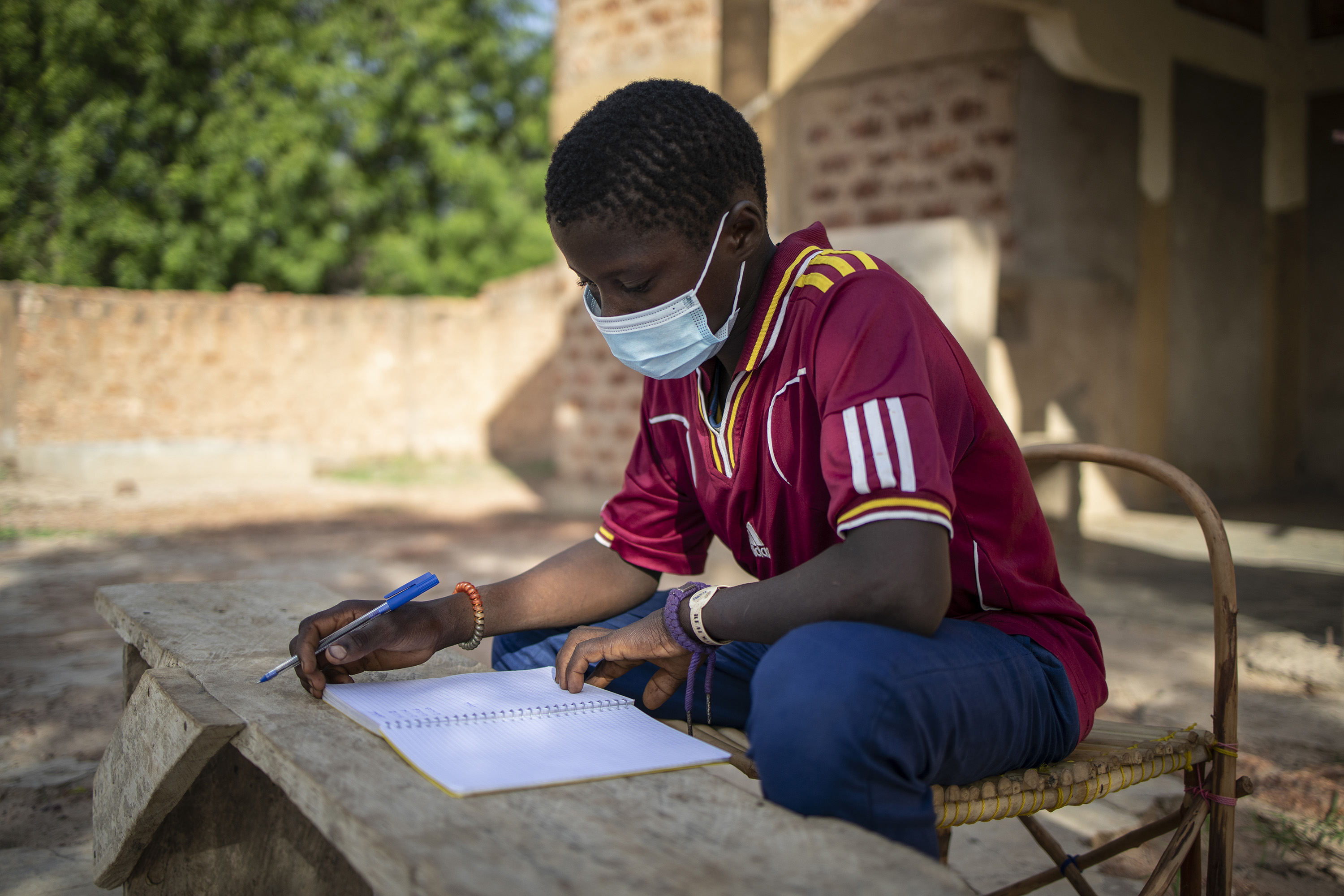Ending child labour in agriculture

Of the estimated 160 million child labourers in the world today, about 70 percent work in agriculture, often in small, family-run operations.
More than 40 percent of those children are involved in hazardous agricultural work, meaning their health and safety are at immediate risk.
Recognized as a serious human rights violation, the global community is pushing to end all forms of child labour by 2025.
Many countries, including the European Union as a block, have developed zero tolerance global trade policies on child labour. And the issue is high on the agendas of FAO and its partners.
In recent years, international financing institutions like the World Bank have included child labour considerations in their environmental and social safeguard policies and guidelines.
FAO is now partnering with the World Bank on a training package to help staff better identify child labour risks and integrate child labour prevention measures and safeguards across the Bank’s agricultural investment portfolio.
The collaboration is benefitting both organizations, said Bernd Seiffert, FAO Focal Point for Child Labour Prevention in Agriculture.
“FAO is putting its expertise on addressing child labour in agri-food systems at the World Bank’s disposal while also gaining a better understanding of the Bank’s potential to address the root causes of child labour in agriculture.”
“We believe there is willingness to expand from a safeguards approach to actively addressing child labour drivers through investment, which is really promising,” he added.
Root causes and drivers
Child labour in agriculture is complex and context specific. It is also largely invisible.
Age-appropriate tasks that are not hazardous and do not interfere with a child’s education are not considered child labour.
Household poverty and food insecurity are the main drivers pushing children too early into the workforce. In fact, the International Labour Organization estimates that for every 1 percent rise in poverty there is a likely 0.7 percent rise in child labour.
According to FAO Sociologist Ida Christensen, child labour “deprives children of their health and education and limits their options for a prosperous and rewarding life when they grow up, perpetuating intergenerational poverty.”
Unfortunately, progress made in reducing child labour in the last decades has stalled since 2016, further complicated by recent shocks like COVID-19.
Prevention, protection, transformation
Addressing child labour in agricultural investment calls for preventive, protective and transformative measures.
Prevention tackles root causes and drivers, like strengthening the assets and resilience of poor and vulnerable households and providing rural youth with educational and vocational training opportunities. It is also about promoting gender equality and labour-saving technologies.
Another important preventive measure is policy engagement with governments to strengthen and enforce national regulations and standards.
Protective measures – like awareness-raising on occupational safety and health – can help keep working age children who have completed their basic education away from forced, unsafe and hazardous working conditions.
Transformation can happen through a combination of approaches to reduce rural poverty and help free families from their economic and functional dependency on child labour.
“All of this takes political commitment to put in place the right policy mix,” said Christensen, who has been updating FAO’s social analysis guides for investment to include child labour. “It also calls for partnerships across sectors and with the private sector, civil society and others, and strong coordination and capacity development at all levels.”
Training package
As part of the World Bank training package, FAO developed an analytical note with detailed suggestions on how to improve the Bank’s current review of child labour risks in agriculture. It identifies potential gaps and provides guiding questions for in-depth analysis and examples of child labour risks.
A guidance note shows how the Bank can improve and systematize its screening methodology for assessing child labour risks across its agricultural investment portfolio.
FAO also developed a training curriculum on assessing child labour risks tailored to three World Bank staff profiles – social and gender safeguard specialists, monitoring and evaluation specialists and project formulation teams.
Finally, a mitigation plan to prevent and end child labour is informing the preparation of the World Bank-funded USD 350 million Integrated Cocoa Value Chain project in Côte d’Ivoire, which seeks to improve the sustainability of cocoa value chains and livelihoods.
Seizing on momentum
With 2021 the International Year for the Elimination of Child Labour, FAO will host a global solutions forum in early November.
Ariane Genthon, Programme Officer in FAO’s Decent Rural Employment team, said that agricultural stakeholders “are often absent from the international community’s strategies to address child labour.”
“For the first time, key agricultural institutions and organizations from across the world will come together in a dedicated and structured manner to examine game-changing solutions and pave the way towards ending child labour in agriculture.”
Recommendations from the meeting will feed into the Fifth Global Conference on Child Labour next year in South Africa.
These events are helping to create strong momentum for ending child labour in agriculture and transforming agri-food systems to be more equitable and sustainable.
